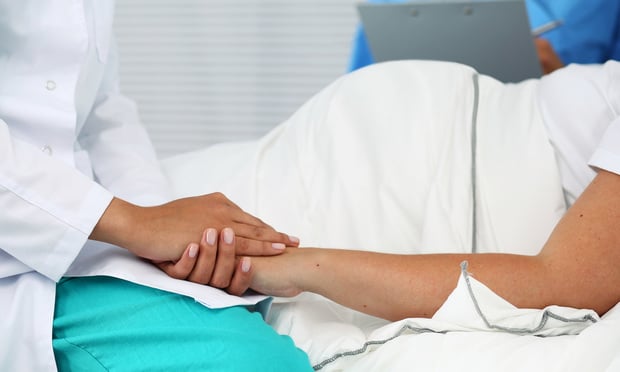 Who uses it and how they want it to serve them varies by age, with millennials seeking mental health care and older people using it for chronic health issues. (Photo: Shutterstock)
Who uses it and how they want it to serve them varies by age, with millennials seeking mental health care and older people using it for chronic health issues. (Photo: Shutterstock)
Telehealth is growing, with the majority of consumers amenable to using it. A key holdup? Even among those who do use it, a sizable percentage aren't sure that their health coverage will pay for it.
According to the Telehealth Index: 2019 Consumer Survey from American Well, 66 percent of consumers are willing to dive into the world of telehealth, and 8 percent have already "seen" a doctor that way. They like that it's fast, convenient, and cheaper than an in-person visit—but 17 percent of those willing to give it a shot aren't sure it's covered by their provider.
Continue Reading for Free
Register and gain access to:
- Breaking benefits news and analysis, on-site and via our newsletters and custom alerts
- Educational webcasts, white papers, and ebooks from industry thought leaders
- Critical converage of the property casualty insurance and financial advisory markets on our other ALM sites, PropertyCasualty360 and ThinkAdvisor
Already have an account? Sign In Now
© 2024 ALM Global, LLC, All Rights Reserved. Request academic re-use from www.copyright.com. All other uses, submit a request to [email protected]. For more information visit Asset & Logo Licensing.








